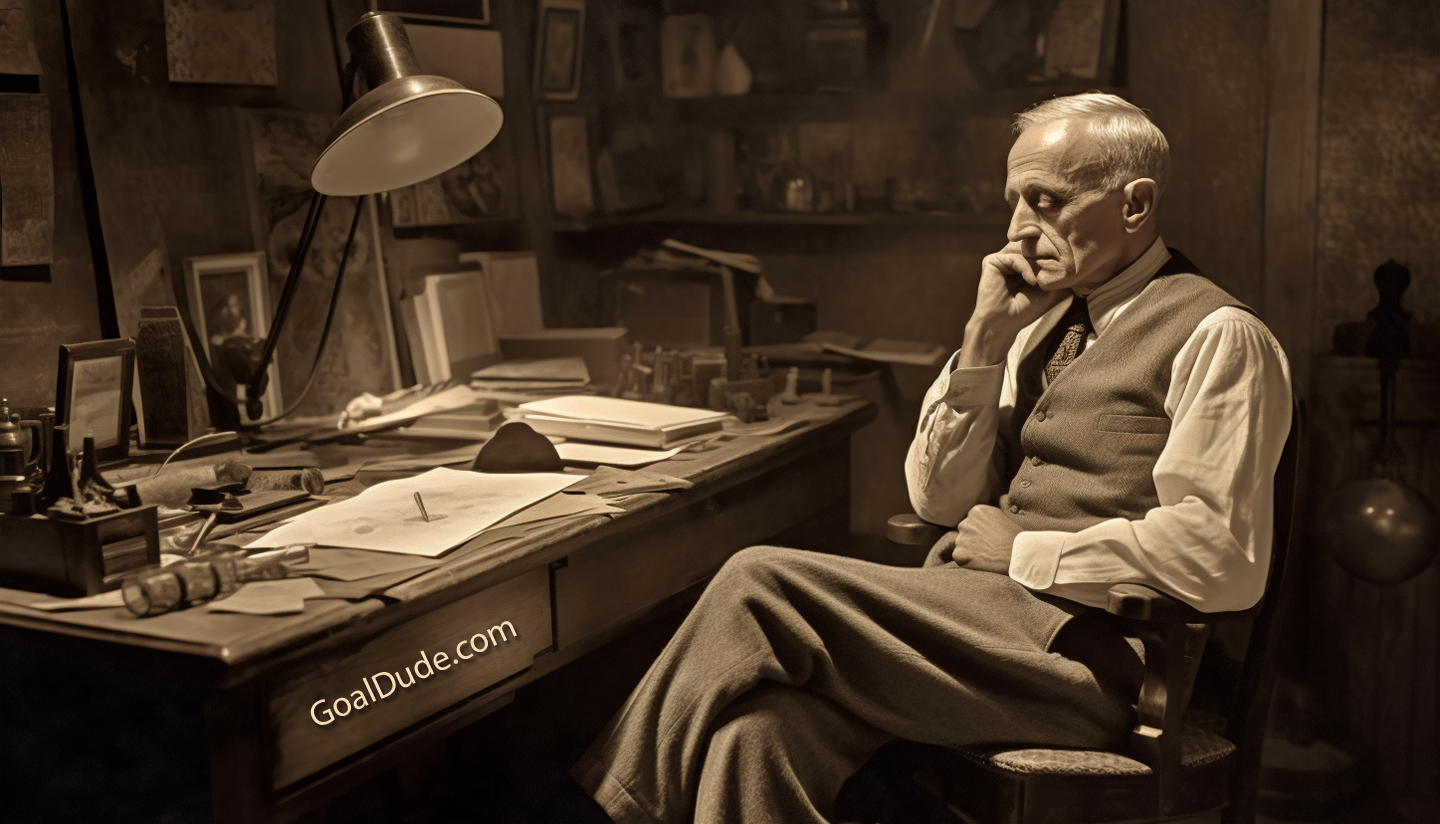In the realm of marriage and intimate relationships, the term “wifely duties” conjures images of a bygone era, where roles were rigidly defined, and expectations were set in stone. Among these antiquated notions, the idea that wives have a ‘duty’ to fulfill their husband’s sexual needs is perhaps one of the most controversial and outdated. It’s time we shift the conversation from duty to mutual desire and respect, championing a more modern, egalitarian approach to marital intimacy.
The Problem with “Duty”
The concept of sexual relations as a ‘duty’ within marriage not only undermines the importance of consent but also diminishes the potential for genuine intimacy and connection. When one partner feels obligated to satisfy the other’s needs, it strips away the joy and spontaneity that come with desire-driven intimacy for BOTH partners. Men want women who truly desire them. When women approach sex as an obligation, it leaves men feeling emptier and unconnected. Men in committed relationships dont want to “just get off”; they want passionate sexual connection with their spouse. The same is true for women. When women approach sex as a “duty” they are left feeling used. The result is a cycle of frustration that leads to indifference making it harder and harder to find genuine connection.
Cultivating Mutual Desire and Respect
A healthy sexual relationship is built on the foundation of mutual desire, respect, and open communication. It’s about recognizing each other’s needs, boundaries, and comfort levels, and navigating those waters together, with empathy and understanding. Here are some key points to consider:
- Communication is Key: Open, honest dialogue about sexual needs, desires, and boundaries is crucial. Couples should feel comfortable discussing what they enjoy, what they’re curious about, and where their limits lie, without fear of judgment.
- Consent is Paramount: Every sexual encounter should be rooted in enthusiastic consent from both partners. Consent is not a one-time checkbox but an ongoing conversation, where either partner has the freedom to say yes or no at any time.
- Desire is Dynamic: Sexual desire can ebb and flow due to a myriad of factors, including stress, health issues, and life changes. Acknowledging this fluidity can alleviate pressure and open up space for other forms of intimacy when desire is low.
- Equality in the Bedroom: Both partners should feel empowered to initiate and express their desires, and share the responsibility for the sexual health and happiness of the relationship.
- Quality Over Quantity: In our fast-paced world, it’s easy to get caught up in the numbers game of how often, how long, how many. But the quality of sexual encounters, characterized by presence, connection, and mutual pleasure, is far more important than quantity.
Moving Forward
Transforming the notion of “wifely duties” into a conversation about mutual desire and respect is not just about improving the sexual dynamics of a marriage. It’s about fostering a deeper, more respectful partnership in all aspects of the relationship. By challenging outdated norms and embracing a more egalitarian approach, couples can cultivate a more satisfying, respectful, and loving connection.
In the end, the goal is to create a partnership where both individuals feel valued, respected, and desired — not out of obligation, but out of a genuine, shared connection. It’s about creating a space where intimacy thrives on mutual enthusiasm and respect, paving the way for a more fulfilling and equitable relationship.
More Articles on Turbo Charging Your Relationships…


